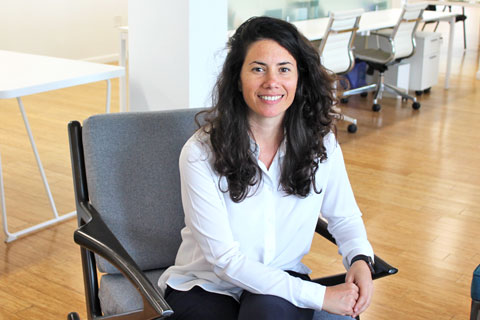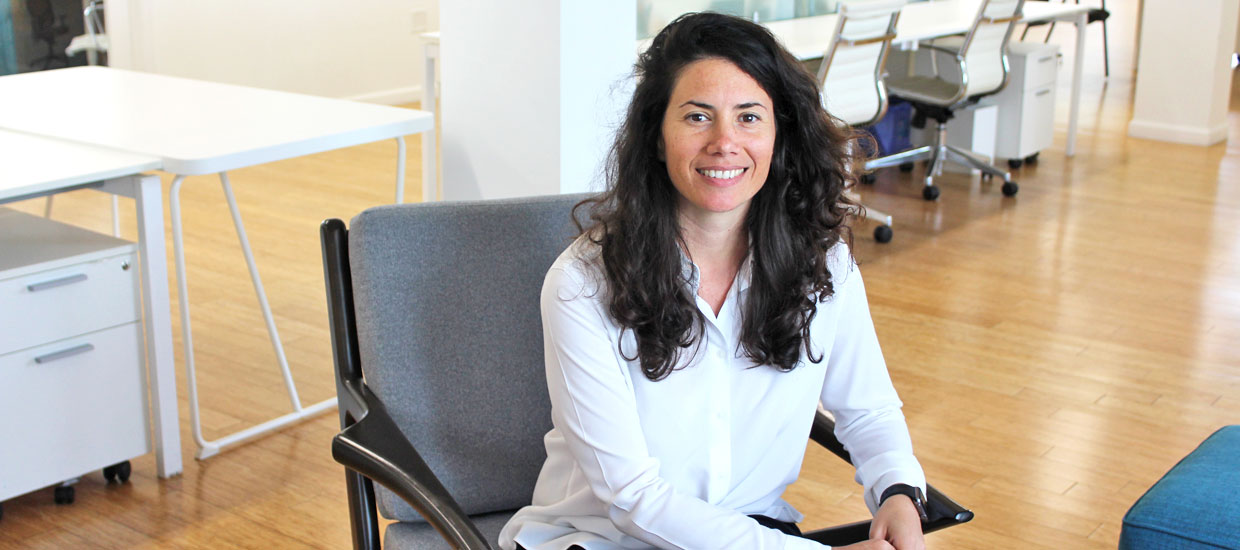Olivia Ramos is an entrepreneur, architect, and founder and CEO of Deepblocks, an artificial intelligence company that uses data to optimize real estate development. A native of Cuba who grew up in Miami, Ramos obtained a master’s degree in architecture from Columbia University before pursuing a master’s in real estate development at the University of Miami.
We touched base with Ramos to learn about her studies and the work that led to Deepblocks.
Why did you want to study architecture?
My grandfather was a painter, my mother is an architect and she told me that architecture was the highest of the arts. I think she was just trying to make sure I had a job when I graduated. So I focused on architecture and the potential that it has to impact the way we live and impact the way we interact with nature. I thought it was very, very powerful, the most powerful expression of art.
You then went on to study real estate development at UM. What was the best part of your time here?
One of the coolest things we did was to collaborate with the architecture school. We started to combine projects and did the development analysis for the architecture students. I think the real estate program at UM being right next to the architecture school is a really great experience. That was sort of my dream to combine the two.
Can you tell us about Deepblocks?
The idea was to centralize the processes that are required to make buildings and build a city. Instead of trying to get architecture schools to teach finance, and development schools to teach design, just give them a software that does both and integrates them so that everybody can work with the same system. And that’s what Deepblocks is. It brings the 3-D model of the architect, with the financial projections of the real estate developers, and all the market data and construction costs of brokers and contractors into the same centralized system.
You've said that Deepblocks will change the way we build cities. How?
Yes. Right now, for example, we have an inventory of luxury condominiums that would last for at least five to ten years, which means that there’s not enough demand. And then we have a giant number of people waiting for housing that’s affordable. But it takes so much energy and time to run all the numbers and to go through all the options, that, unless it’s a no-brainer, those projects are not being built. So if the software figures it out for you, if it runs many models, figures out what the right combination is, then we feel like projects will be meeting the needs of society.
What has been the most gratifying aspect of your work?
Building a team who are passionate about the impact that we can have, passionate about having smart cities that are resilient. We’re all very in line with the vision, and to me that’s very special.
Ideally, where would you like to be in the next few years?
In the next few years, we’d like to be in every single city in the world, beginning to see some important insights and patterns, and creating more room for innovation.





